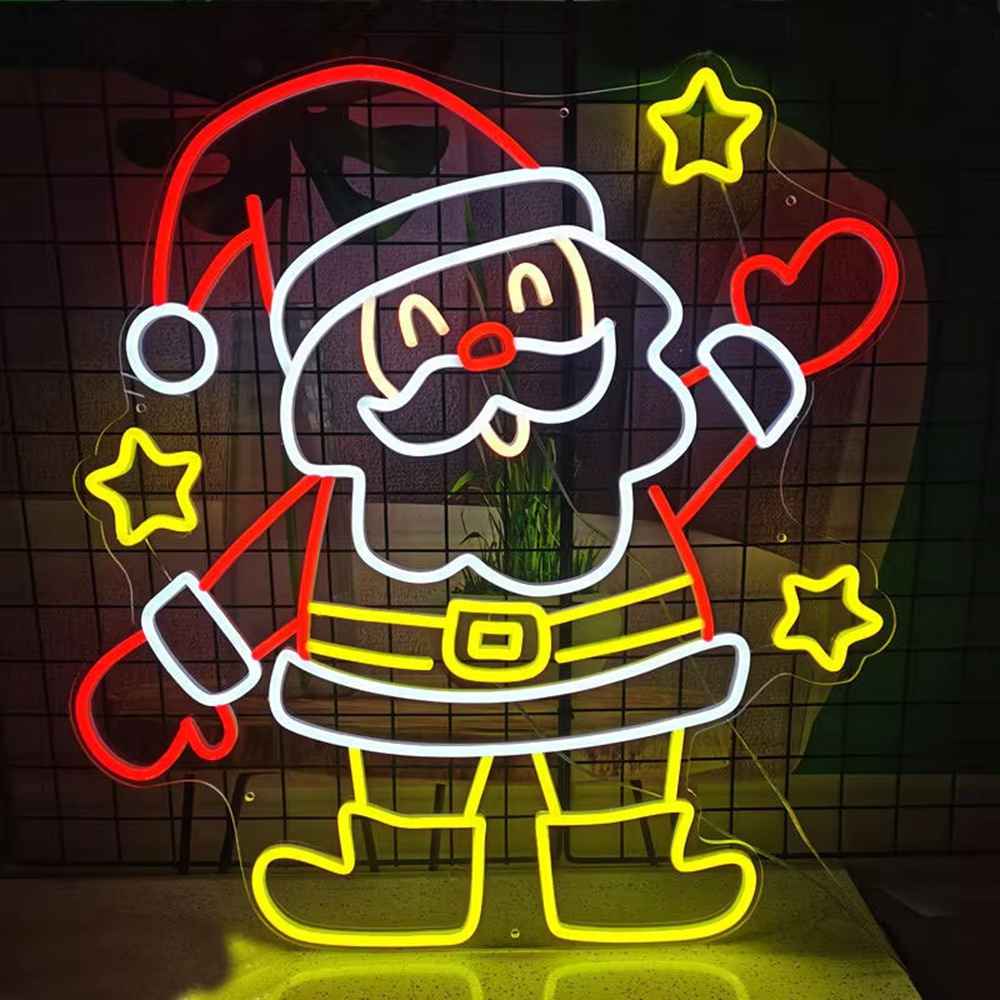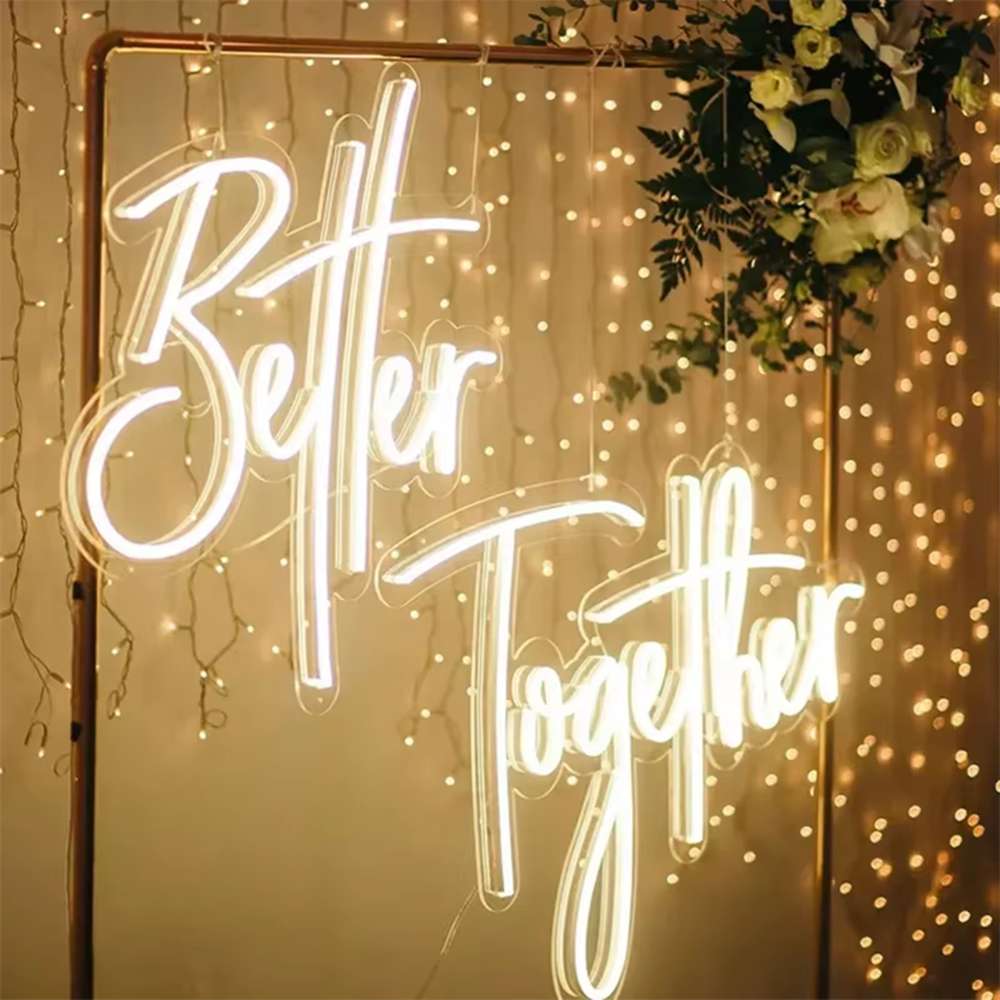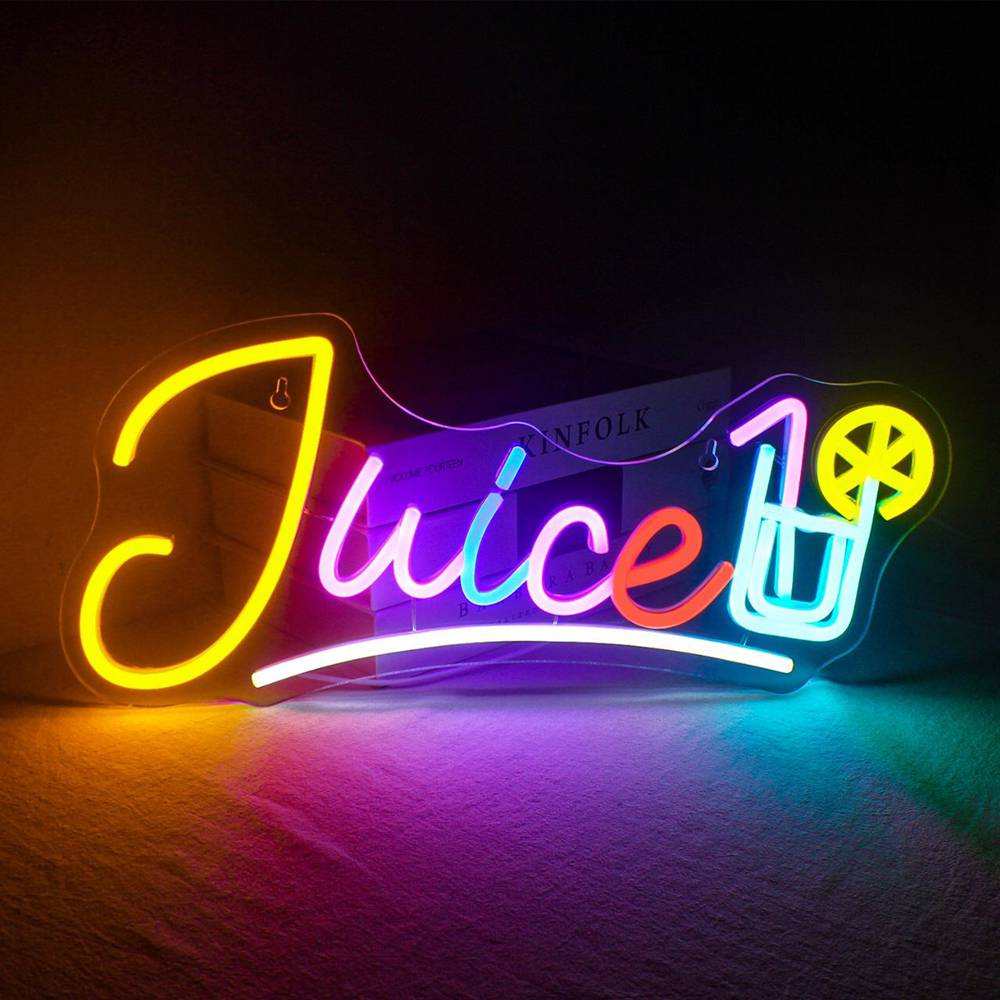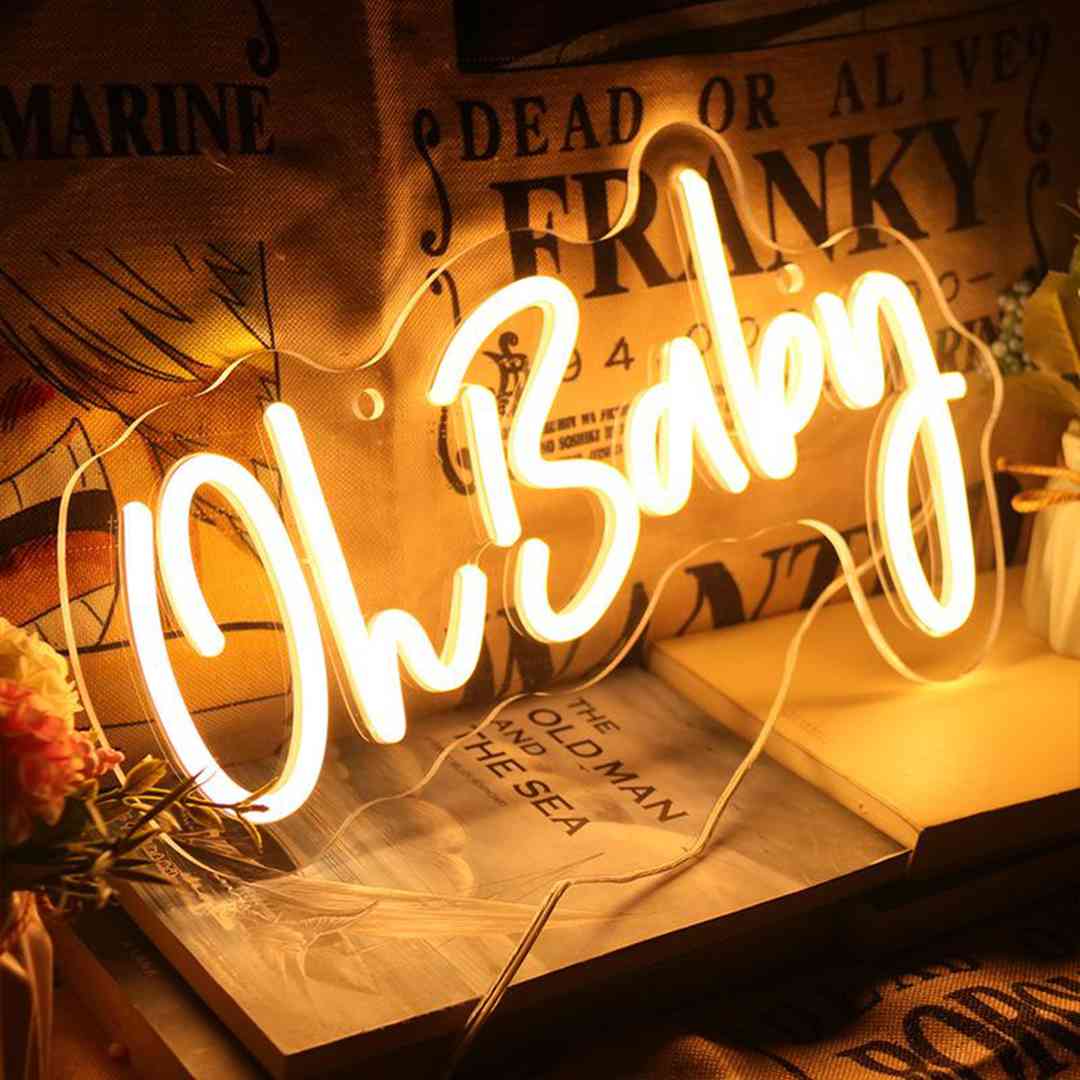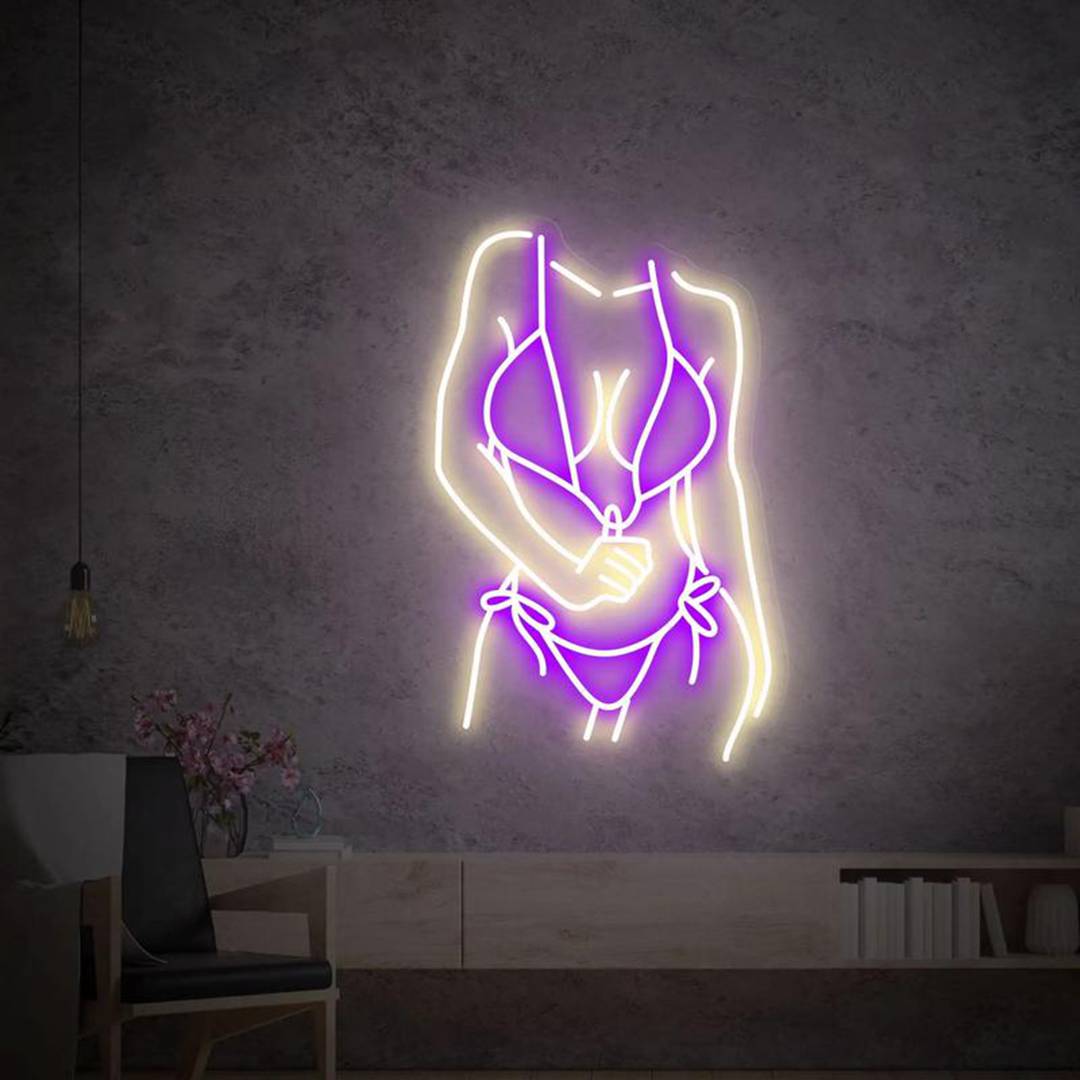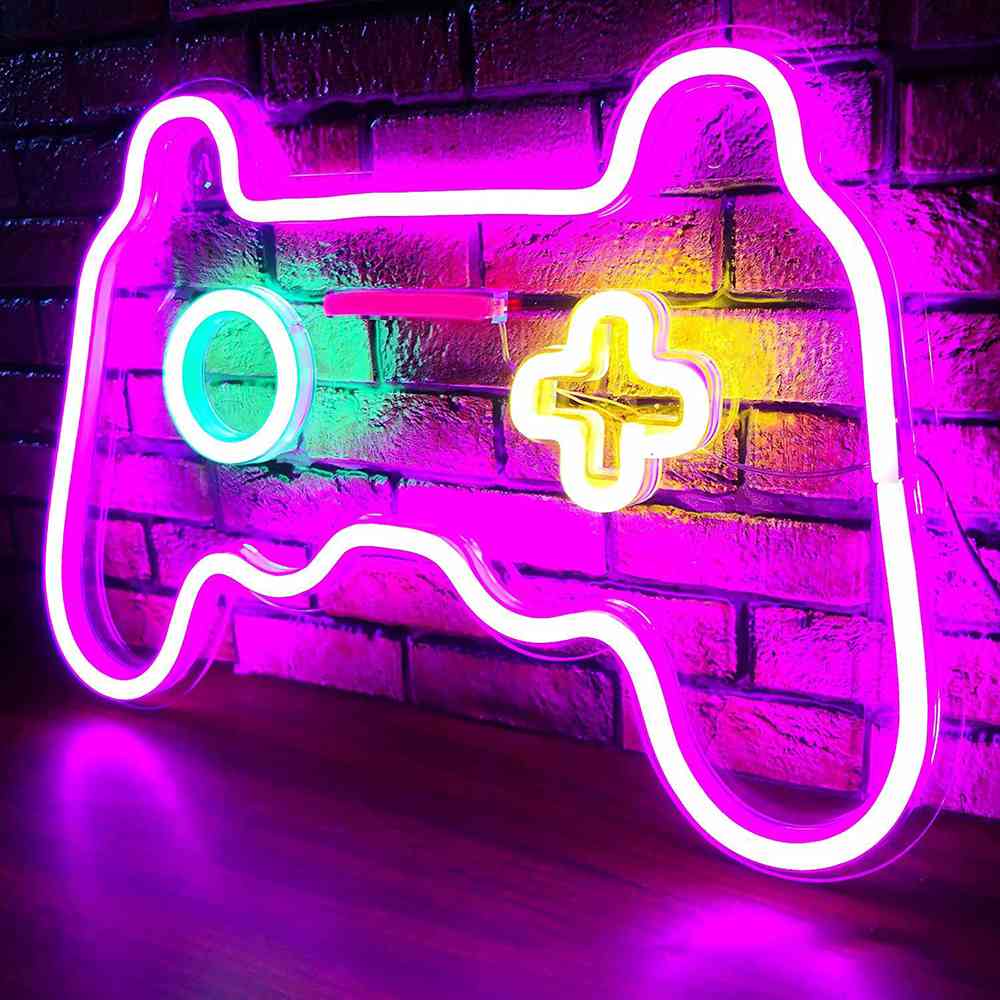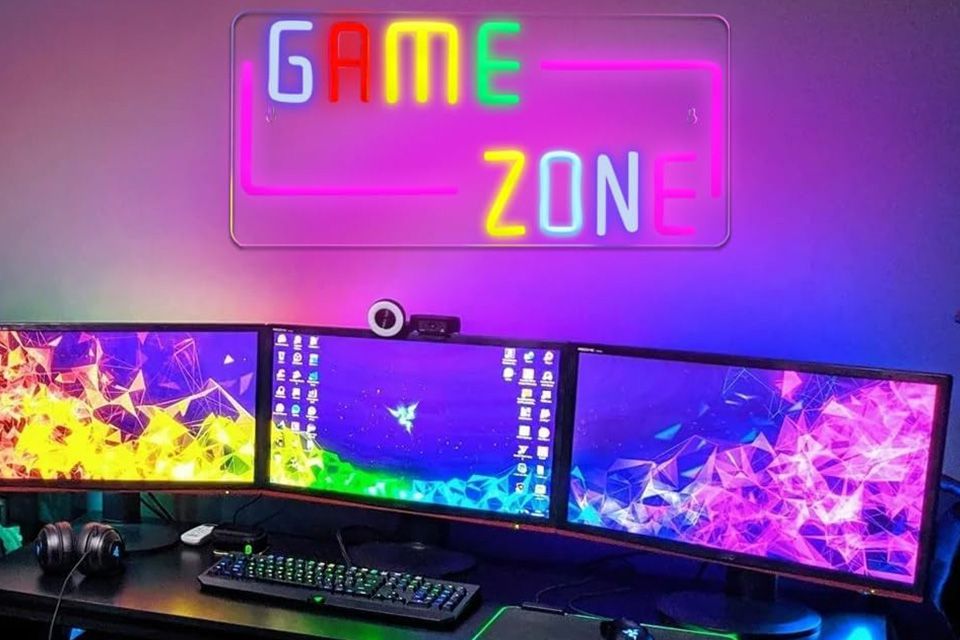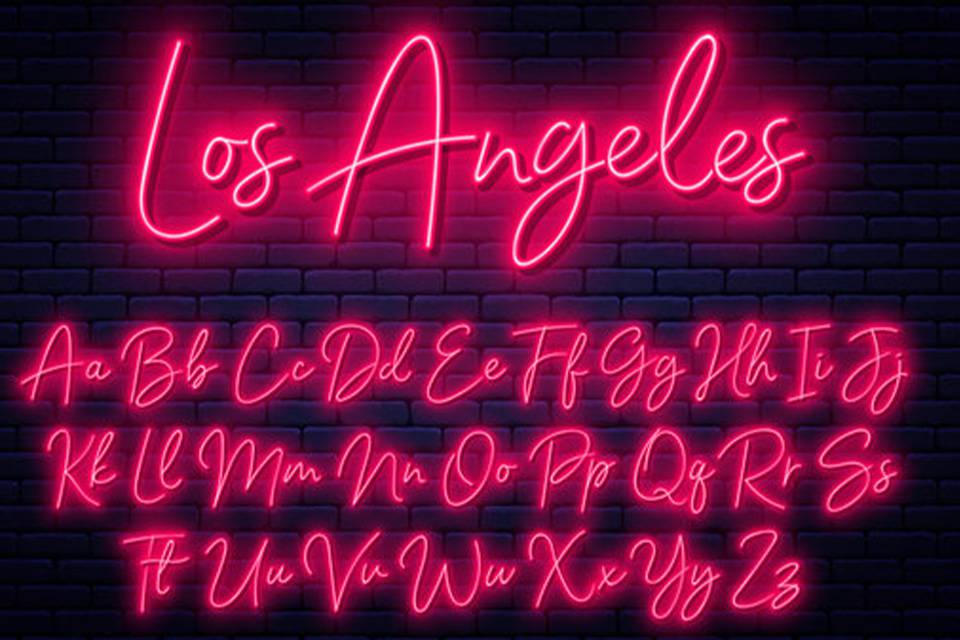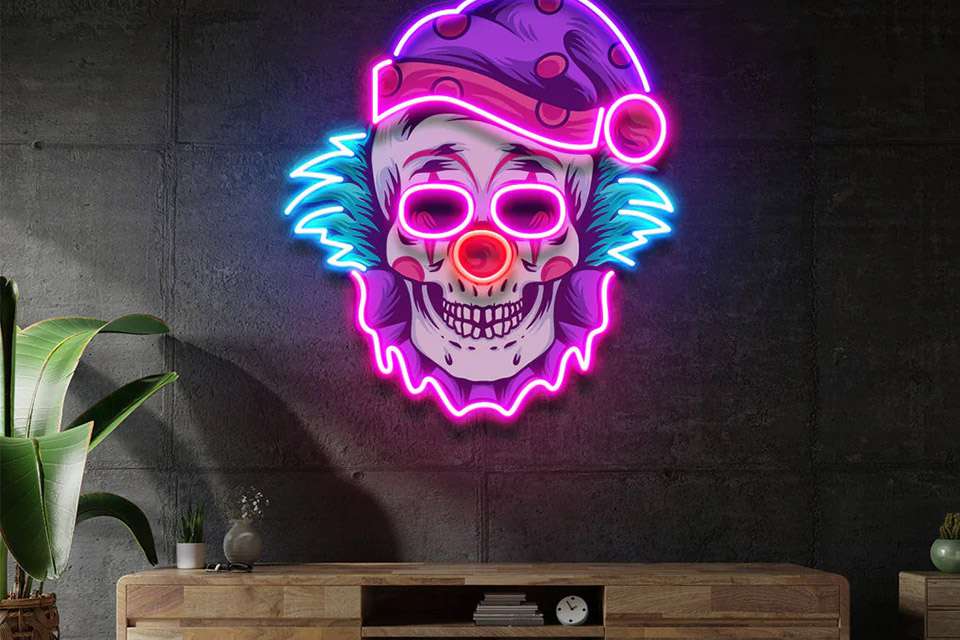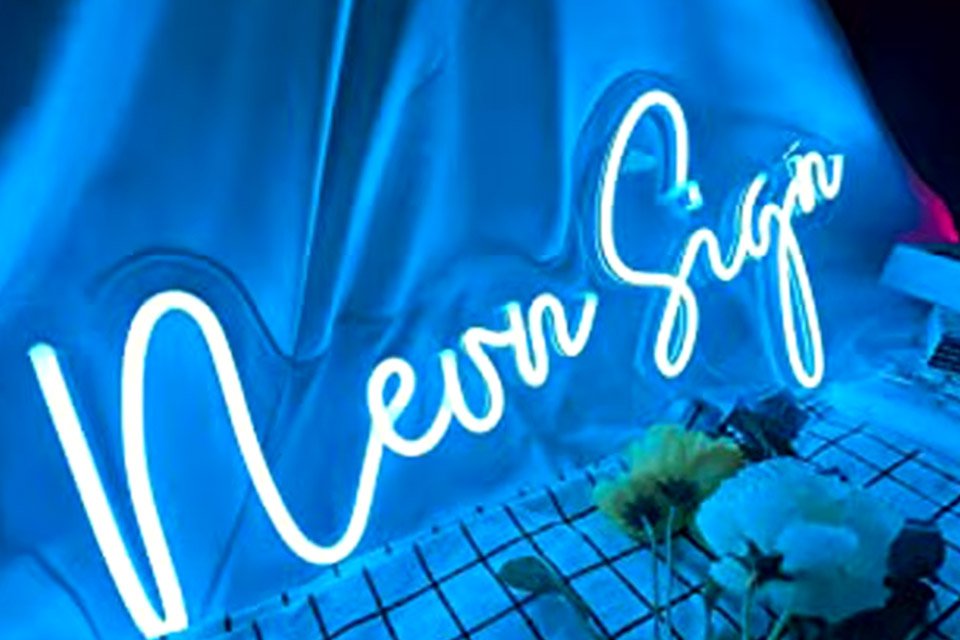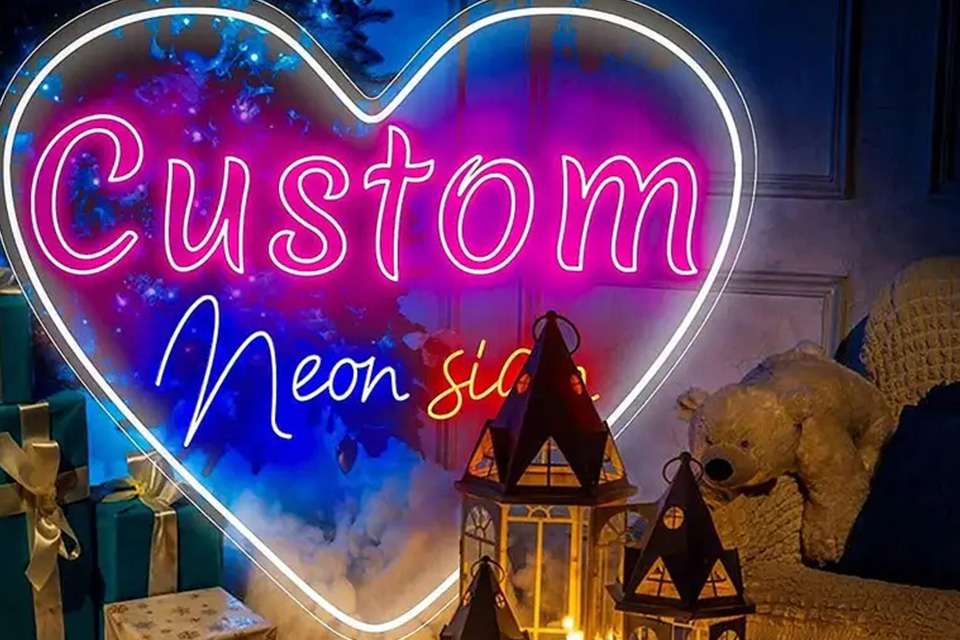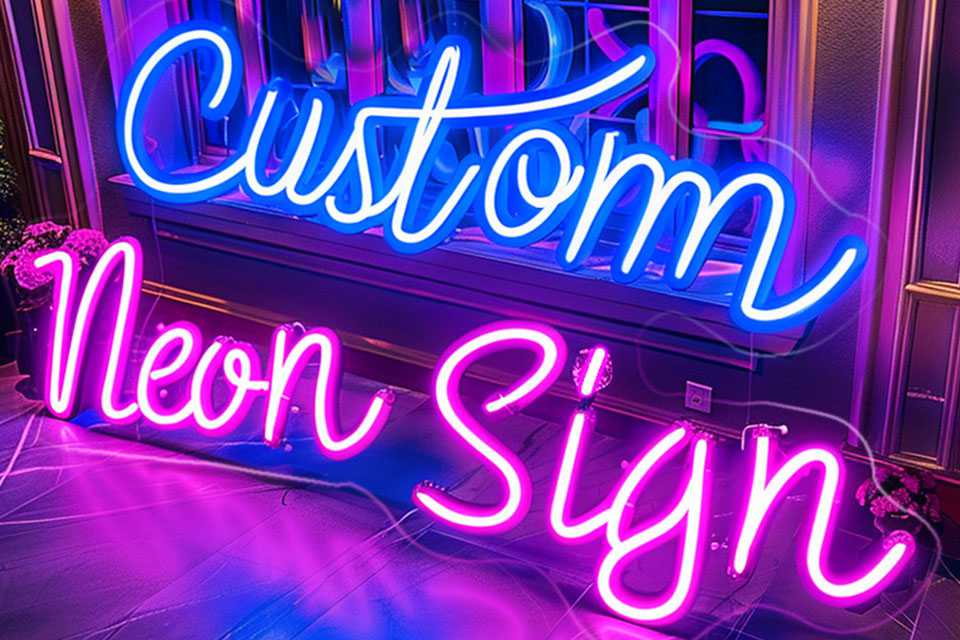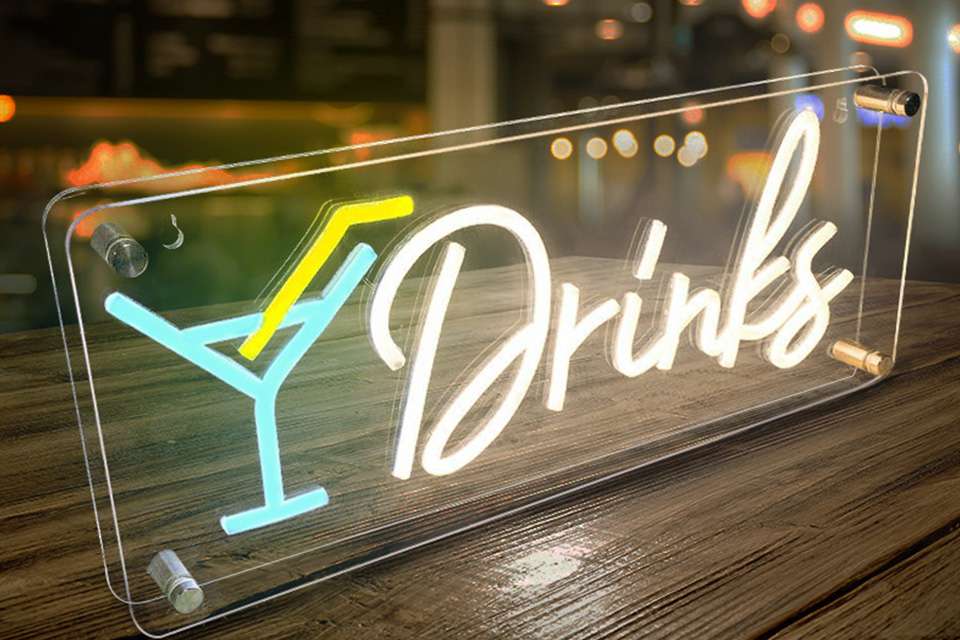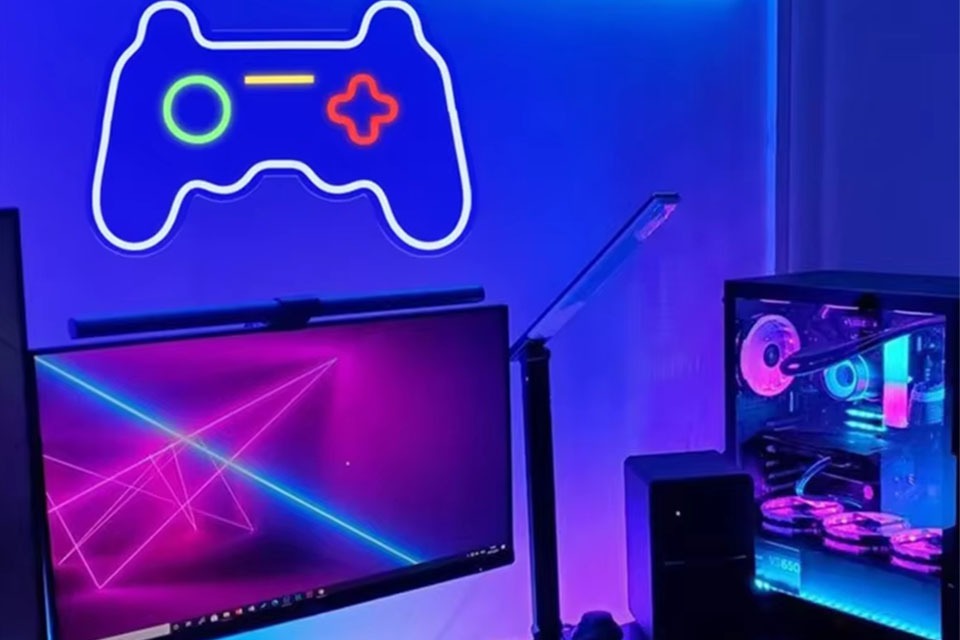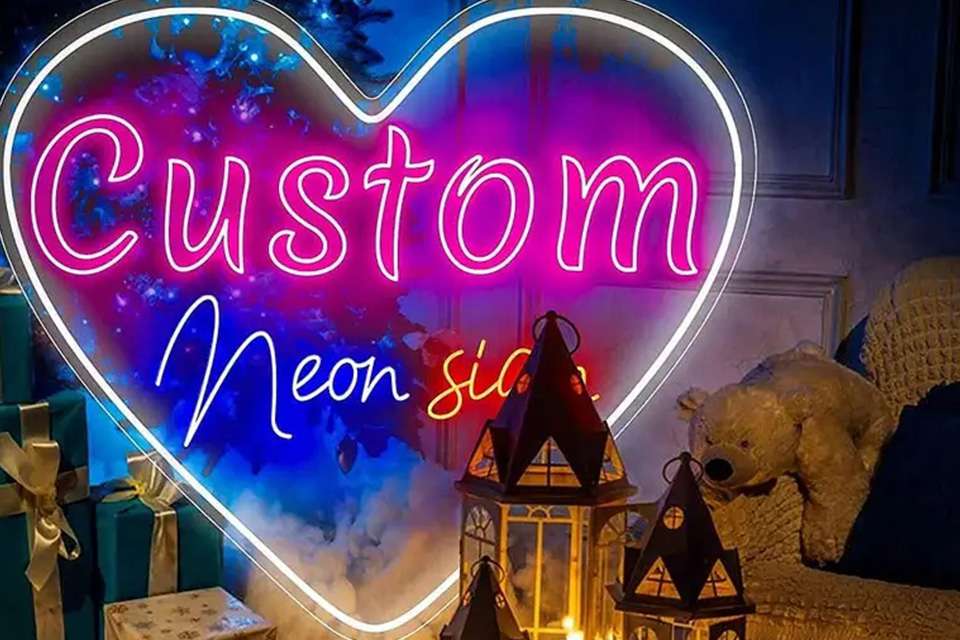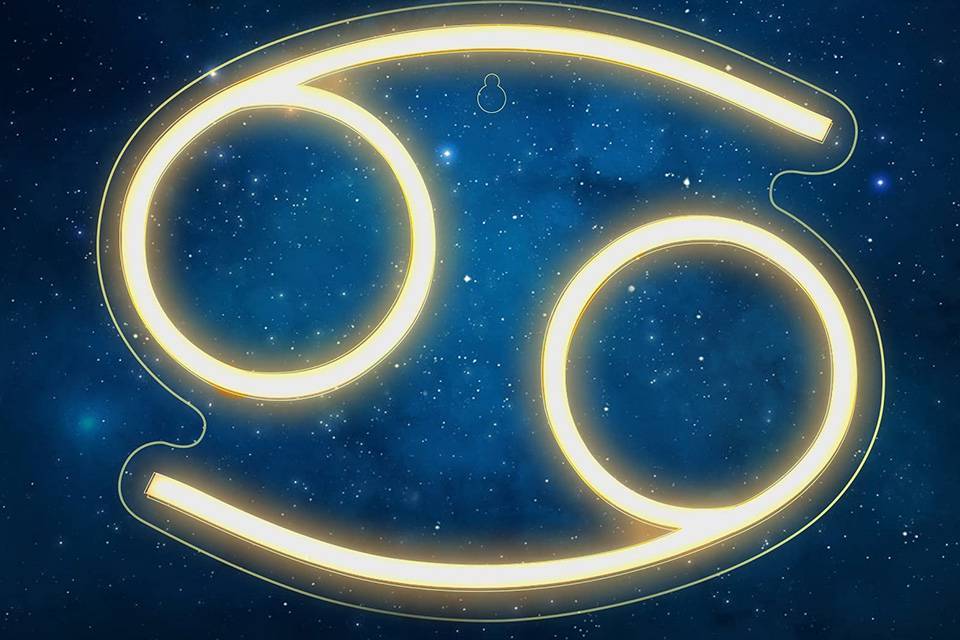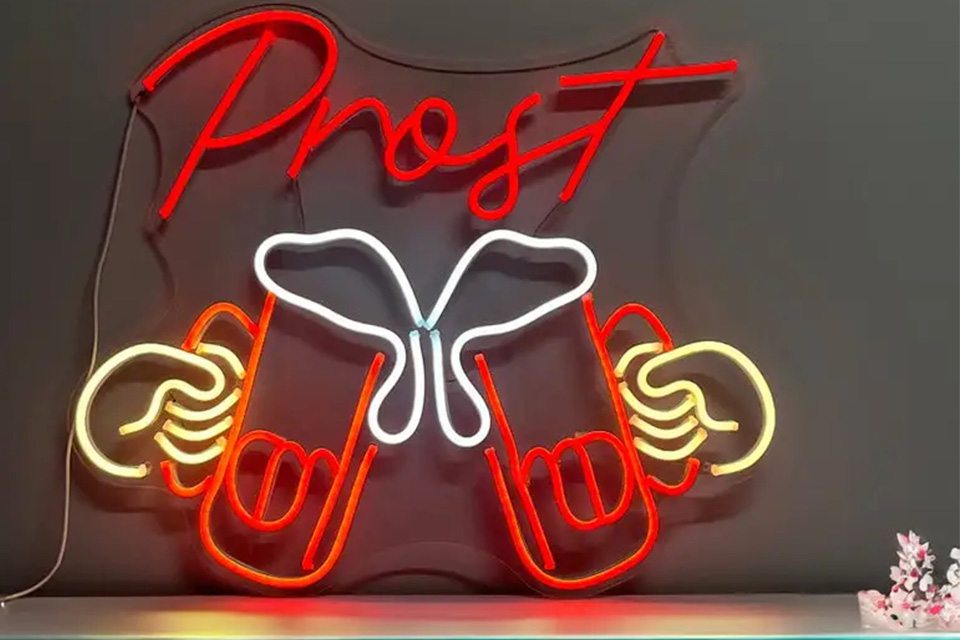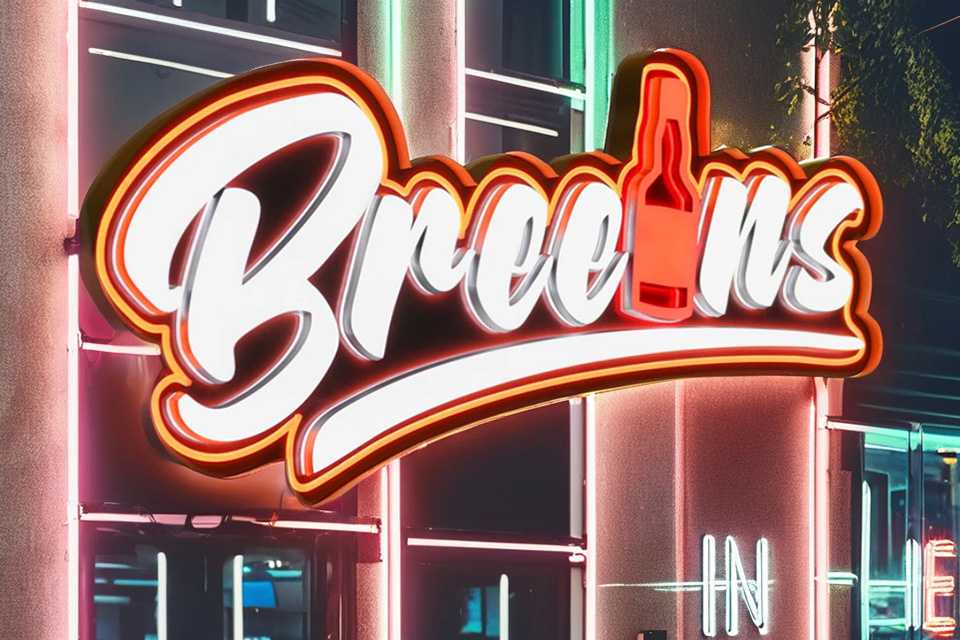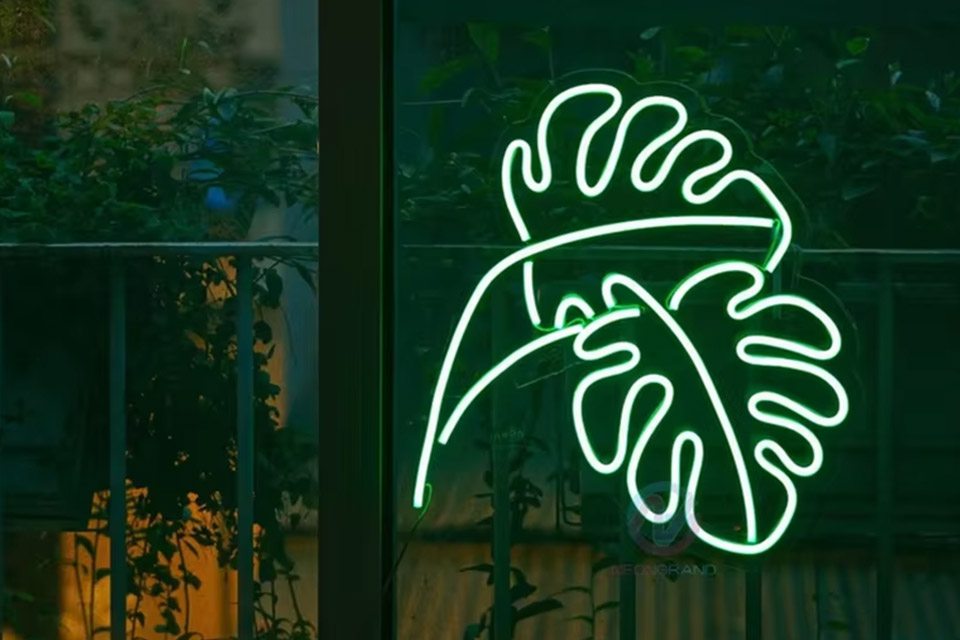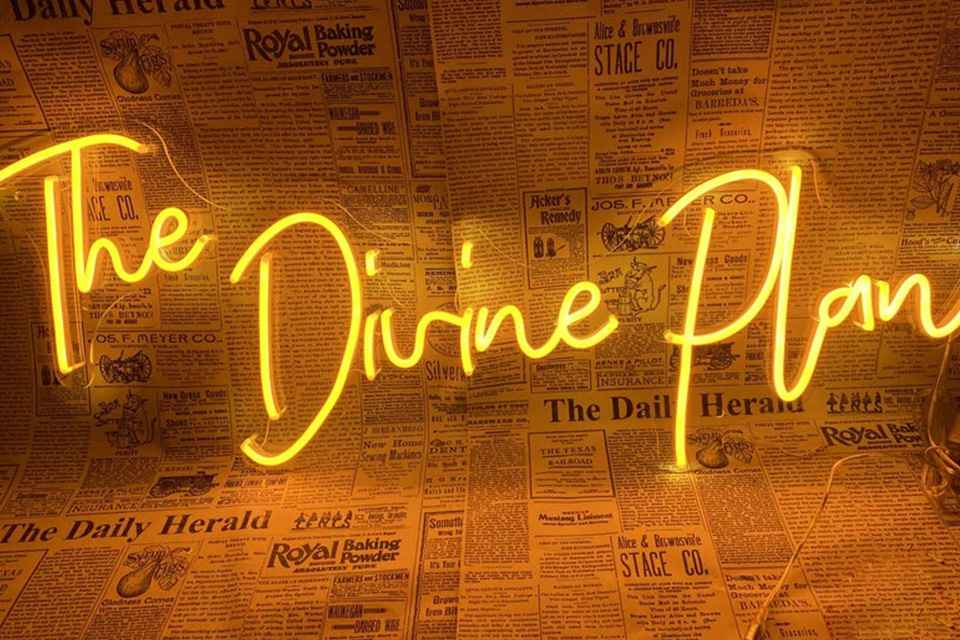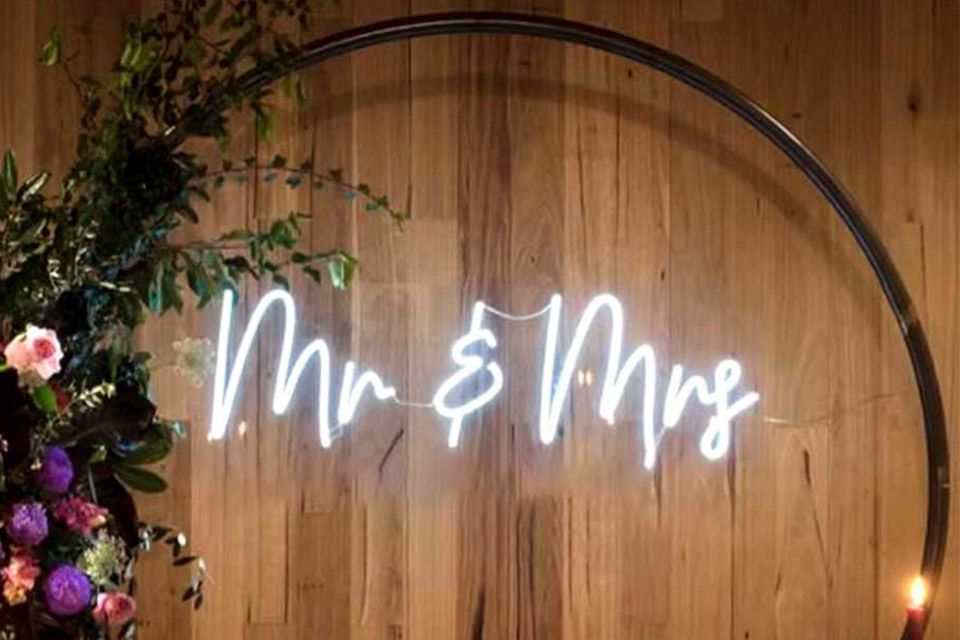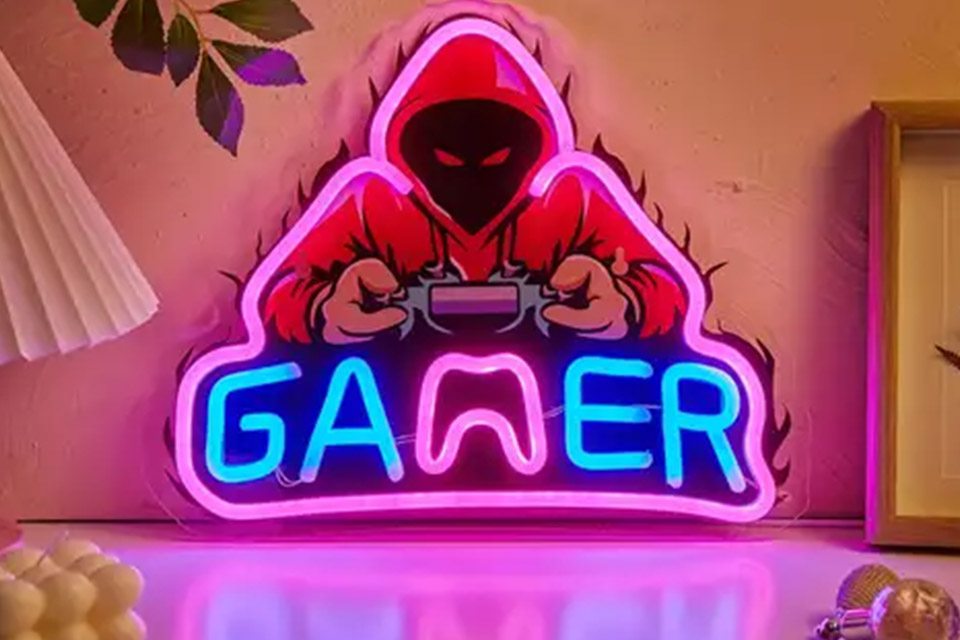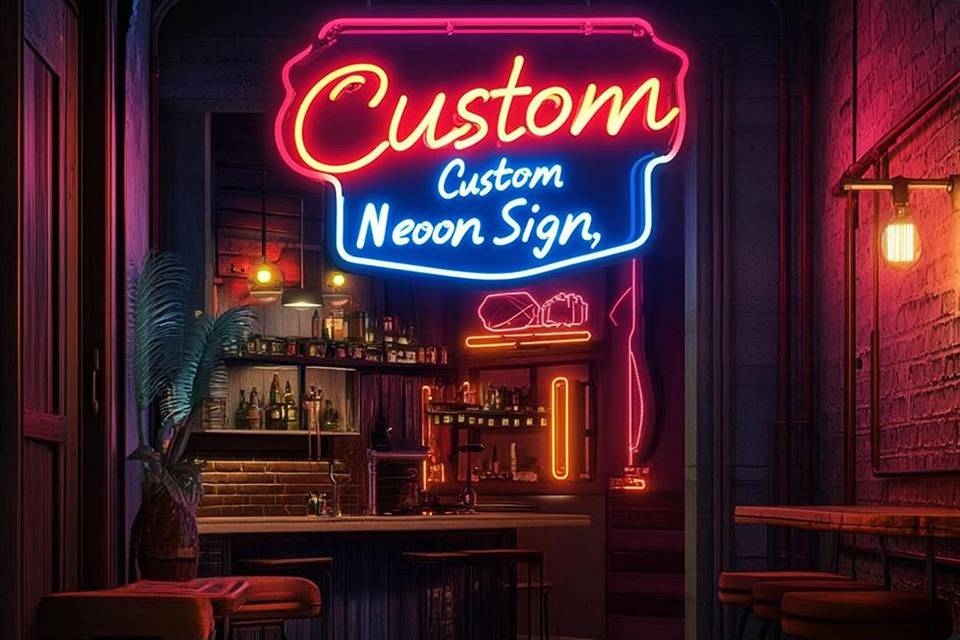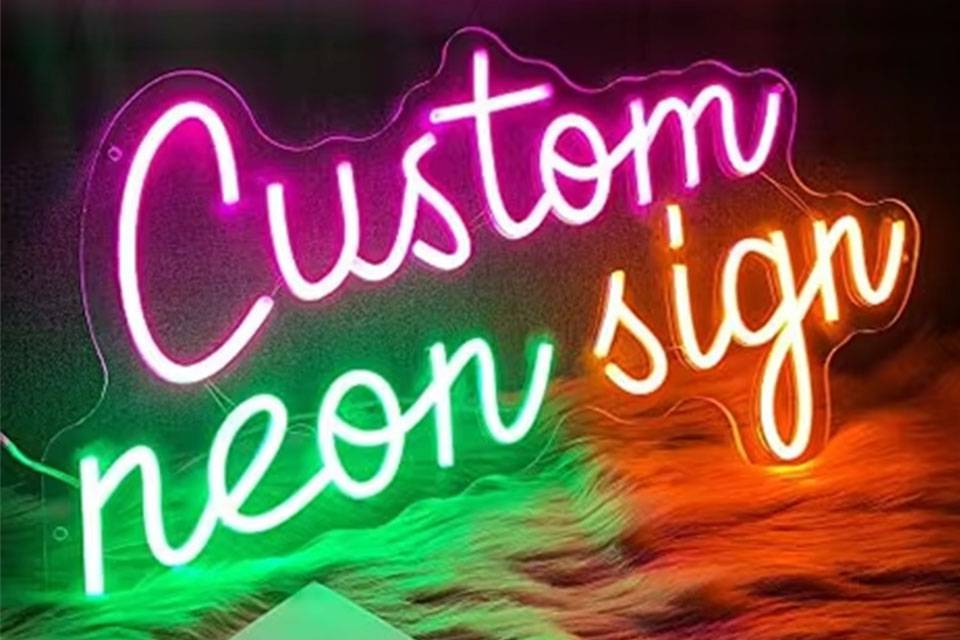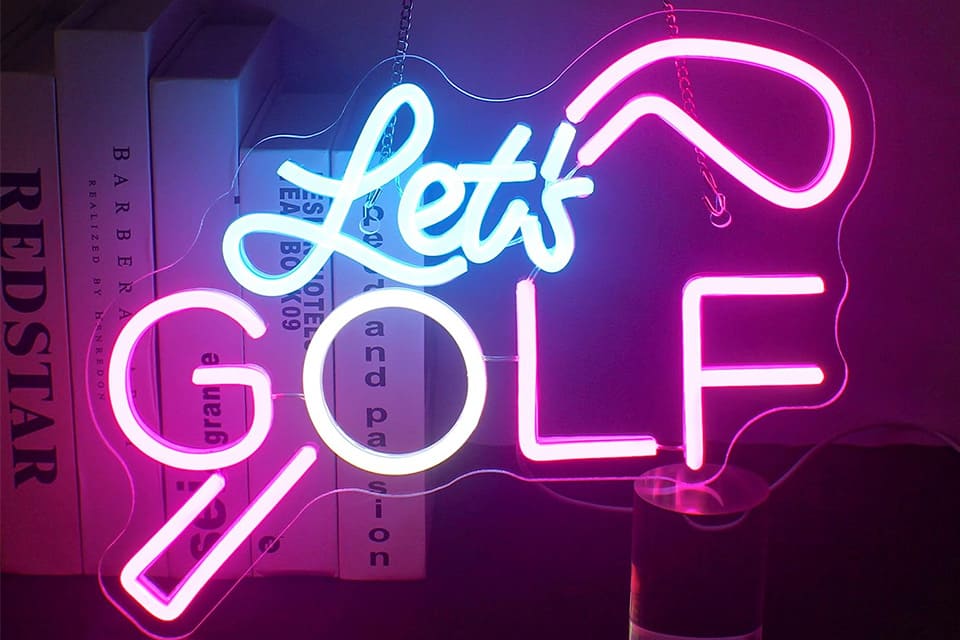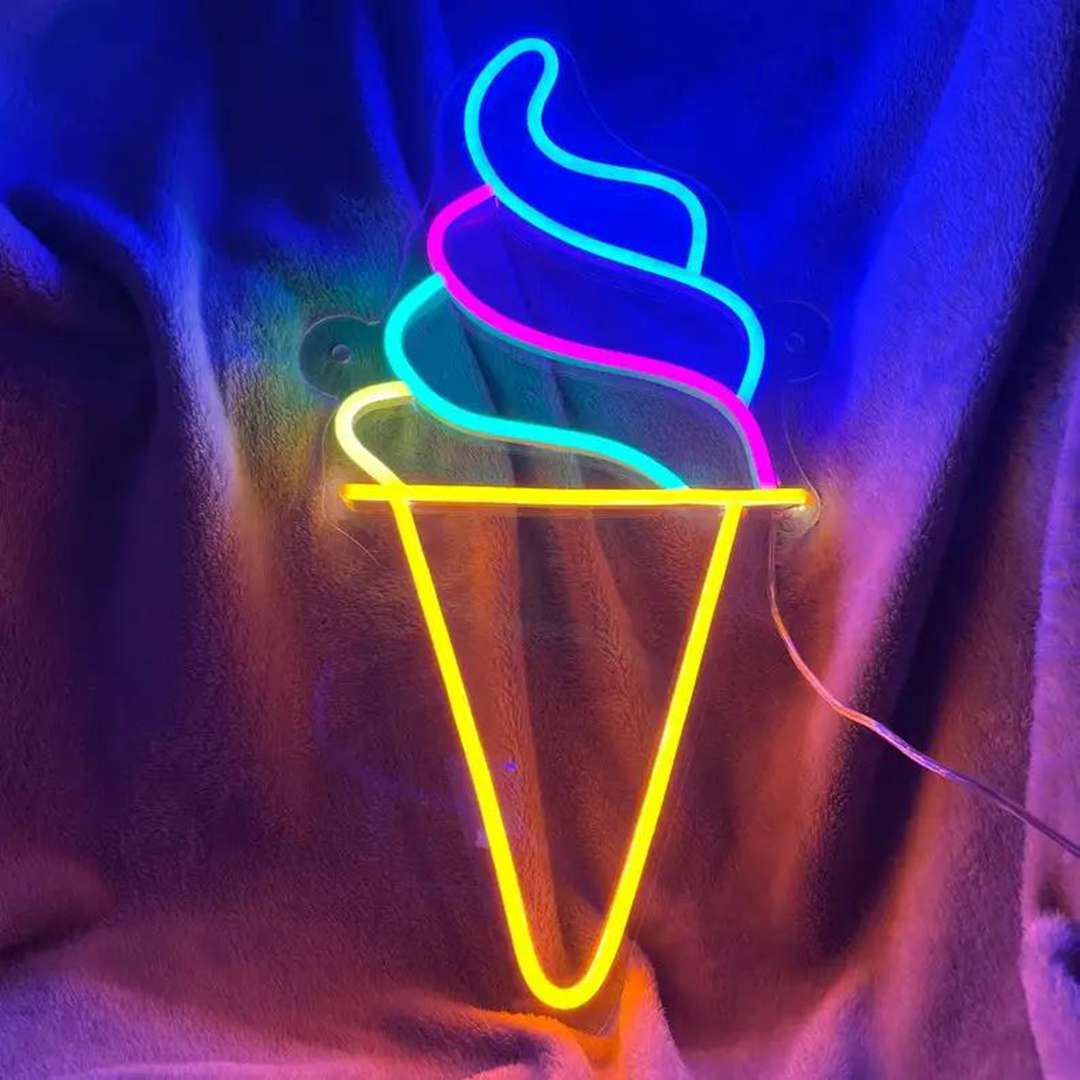
Utilização de sinais de néon: Factos sobre o consumo de energia
Índice
This article demystifies the power consumption of sinais de néon, exploring whether the common question “neon signs use a lot de electricity?” holds true. We’ll compare the eficiência energética of traditional luzes de néon com moderno Luzes de néon LED, analyze the factors influencing power consumption, and provide insights into the costs associated with running a sinal de néon. Whether you’re a business owner considering a letreiro de néon para empresas for your storefront or a homeowner looking to add a touch of luminous decor, this article is worth reading. It provides a comprehensive guide to understanding the electricity usage of sinais de néon and making informed decisions based on facts, not assumptions. This will help you decide if you want to utilização Sinais de néon LED or traditional néon.

Do Neon Signs Use a Lot of Electricity?
The perception that neon signs use a lot of electricity stems from the traditional glass sinais de néon that were prevalent in the past. These sinais used gás néon contained in glass tubes and required high voltage to operate, leading to relatively high consumo de energia. However, modern sinais de néon personalizados often utilize Néon LED technology, which is significantly more eficiência energética. So the short answer is, it depends. Neon signs actually use less electricity than most people think, but it still depends on the type of sign that you are using.
How Much Electricity Does a Typical Neon Sign Use?
The amount of electricity a sinal de néon uses depends on several factors, including its size, design, the type of néon used (traditional glass néon ou Néon LED), and the number of hours it’s illuminated. A typical traditional sinal de néon might consume anywhere from 150 to 500 watts of electricity, while a comparable Sinal de néon LED might only use 20 to 100 watts. This means that Sinais de néon LED use much less electricity than traditional ones.
For example, a small sinal de néon used for home decor might consume around 20 watts of electricity, while a larger, more complex sinal used for a business could consume 100 watts or more. It’s important to note that these are just estimates, and the actual power consumption can vary. It’s always a good idea to check the manufacturer’s specifications for the specific sinal de néon you’re interested in. Also, keep in mind that larger signs will use more electricity, so if you are using a letreiro de néon personalizado that is very big, you can expect it to use more electricity.
What is the Energy Consumption of LED Neon vs. Traditional Neon?
Néon LED is significantly more energy-efficient than traditional glass néon. Sinais de néon LED typically consume 70-90% less energy than comparable traditional sinais de néon. This is because LEDs are much more efficient at converting electricity into light than the gás néon used in traditional sinais de néon. Traditional neon lights require much more energy than Luzes de néon LED. Isto faz com que LED neon vs tradicional néon an easy choice.
Sinais de néon tradicionais use a high-voltage transformer to excite the gás néon inside the glass tubes, which produces light. This process generates a significant amount of heat, which represents wasted energy. Sinais de néon LED, on the other hand, use low-voltage LEDs that produce very little heat, making them much more eficiência energética. This means that neon signs consume much less energy when they are made with Tecnologia LED. Isto faz com que Sinais LED a much better choice for most people.
| Caraterística | Sinal de néon LED | Traditional Neon Sign |
|---|---|---|
| Consumo de energia | Low (70-90% less than traditional neon) | Elevado |
| Tensão | Low voltage (typically 12V or 24V) | High voltage (thousands of volts) |
| Heat Generation | Minimal | Significant |
| Durabilidade | Alta (resistente a estilhaços) | Baixa (tubos de vidro frágeis) |
| Tempo de vida | Long (up to 50,000 hours) | Shorter (around 10,000 hours) |
| Brilho | High, consistent | Can vary, may dim over time |
How Can You Reduce the Energy Consumption of Your Neon Sign?
There are several ways to reduce the energy consumption of neon signs. The most effective way is to choose Sinais de néon LED instead of traditional glass sinais de néon. As mentioned earlier, Néon LED is significantly more eficiência energética, consuming a fraction of the electricity compared to néon signs that are using gás néon.
Another way to reduce consumo de energia is to use a dimmer switch. A dimmer allows you to adjust the luminosidade do seu sinal de néon, reducing the amount of power it consumes. You can also put your sinal de néon on a timer, so it’s only illuminated during specific hours, such as when your business is open or when you’re entertaining guests at home. If you use LED signs, you will save even more energy. Using traditional neon will consume more power, even if you use a dimmer.
What are the Costs Associated with Running a Neon Sign?
The cost of running a sinal de néon depends on several factors, including the power consumption do sinal, the number of hours it’s illuminated, and the cost of electricity in your area. To calculate the cost, you need to know the wattage of your sinal de néon, the number of hours it’s on per day, and the price you pay per kilowatt-hour (kWh) of electricity. This is how you can determine the electricity consumption do seu signo.
For example, let’s say you have a 50-watt Sinal de néon LED that you run for 6 hours a day, and your electricity cost is $0.15 per kWh. The daily cost would be 50 watts * 6 hours / 1000 * $0.15 = $0.045, or 4.5 cents. The annual cost would be $0.045 * 365 = $16.43. Keep in mind that these are just estimates, and the actual cost may vary. This is how you can calculate the costs of neon sinais.
Are Custom Neon Signs More Energy-Efficient?
Sinais de néon personalizados can be just as eficiência energética as pre-made sinais de néon, as long as they are made with Néon LED technology. In fact, sinais de néon LED personalizados may even be more eficiência energética because they can be designed to meet your specific needs and preferences. For example, if you only need a small sinal de néon for a specific purpose, a néon personalizado design can ensure that you’re not using a larger, more power-hungry sinal than necessary.
Ao conceber um letreiro de néon personalizado, you can choose energy-efficient options, such as low-wattage LEDs and a dimmer switch to further reduce power consumption. You can also work with the sinal maker to optimize the design for energy efficiency, such as minimizing the length of neon tubing ou LED neon tube required. With a little planning, you can create a letreiro de néon personalizado that’s both beautiful and eficiência energética. They are generally much more efficient than conventional neon sinais.
How Does the Size of a Neon Sign Affect its Power Consumption?
The size of a sinal de néon is directly related to its power consumption. Larger sinais de néon require more gás néon ou LED neon flex to create the desired effect, which means they will consume more electricity. A small sinal de néon might only use 20-30 watts of electricity, while a large, elaborate sinal could use several hundred watts. This is why the size of the sign is one of the most important factors when it comes to power consumption of neon sinais.
It’s important to consider the size of the sinal de néon when estimating its consumo de energia and operating costs. If you’re looking for an eficiência energética option, you might want to choose a smaller sinal de néon or opt for a design that uses less neon tubing ou Néon LED overall. Keep in mind that sinais de néon personalizados can be made in almost any size, so you can always find something that will fit your needs. Also, if you choose LED signs instead of traditional ones, you will save a lot of energy.

What is the Environmental Impact of Neon Signs?
The environmental impact of neon signs depende do tipo de néon used and how they are manufactured and disposed of. Sinais de néon tradicionais that use gás néon can have a negative environmental impact due to the high voltage required to operate them and the potential for gás néon leaks. Neon gas is a greenhouse gas, and while the amount used in sinais de néon is relatively small, leaks can contribute to climate change. This is why it is important to be careful when using them.
Sinais de néon LED have a much lower environmental impact because they are more eficiência energética and don’t contain harmful gases. LEDs also have a longer lifespan than traditional luzes de néon, which means they need to be replaced less frequently, reducing waste. However, it’s still important to dispose of Sinais de néon LED properly at the end of their life, as they contain electronic components that can be harmful to the environment if not handled correctly. The eliminação de sinais de néon should be done responsibly.
How Long Do LED Neon Signs Last Compared to Traditional Neon Signs?
Sinais de néon LED have a significantly longer lifespan compared to traditional neon lights. Um típico Sinal de néon LED can last up to 50,000 hours or even more, while a traditional glass sinal de néon typically lasts around 10,000 hours. This means that Sinais de néon LED pode durar cinco vezes mais do que os tradicionais sinais de néon, or even more. LED neon signs last for a very long time.
The longer lifespan of Sinais de néon LED is due to the durability of LEDs and the lower operating temperatures. LEDs are solid-state devices that are less susceptible to damage from vibration or impact than the fragile glass tubes used in traditional sinais de néon. Also, because Néon LED generates less heat, the components are less likely to degrade over time. This makes Sinais de néon LED a much better investment in the long run. Neon signs and LED neon signs are both durable, but LED ones will last longer.
| Caraterística | Sinal de néon LED | Traditional Neon Sign |
|---|---|---|
| Tempo de vida | Up to 50,000 hours or more | Cerca de 10.000 horas |
| Durabilidade | Alta (resistente a estilhaços) | Baixa (tubos de vidro frágeis) |
| Heat Generation | Minimal | Significant |
| Eficiência energética | Elevado | Baixa |
| Brilho | High, consistent | Can vary, may dim over time |
Where Can You Find Energy-Efficient Neon Signs?
When shopping for energy-efficient neon signs, it’s important to look for sinais that use Néon LED tecnologia. Sinais de néon LED are far more energeticamente eficiente than traditional glass sinais de néon, consuming a fraction of the electricity. Many online retailers specialize in sinais de néon LED personalizados, allowing you to create a unique and energeticamente eficiente piece for your home or business.
Alguns retalhistas online populares para energy-efficient neon signs include Custom Neon, Neon MFG, and Yellowpop. These companies offer a wide selection of Sinais de néon LED, including pre-designed options and customizable designs. They also provide information about the consumo de energia of their sinais, helping you make an informed decision. With so many options available, you can be sure you will find something that will fit your needs.

Resumo
Aqui estão 10 pontos-chave sobre sinais de néon and their electricity usage:
- Sinais de néon can vary in their electricity usage, but modern Sinais de néon LED are much more energy-efficient than traditional glass sinais de néon.
- Sinais de néon LED typically consume 70-90% less energy than traditional sinais de néon.
- O power consumption de um sinal de néon depends on its size, design, and the type of néon used (LED or traditional).
- You can reduce the consumo de energia do seu sinal de néon by choosing Néon LED, using a dimmer switch, and putting it on a timer.
- The cost of running a sinal de néon depends on its wattage, the number of hours it’s illuminated, and your local electricity rates.
- Sinais de néon personalizados can be designed for energy efficiency by using low-wattage LEDs and optimizing the design.
- Larger sinais de néon generally consume more electricity than smaller ones.
- Sinais de néon LED have a lower environmental impact than traditional sinais de néon due to their energy efficiency and lack of harmful gases.
- Sinais de néon LED have a significantly longer lifespan than traditional sinais de néon, lasting up to 50,000 hours or more.
- You can find energy-efficient Sinais de néon LED from online retailers specializing in néon personalizado desenhos.

